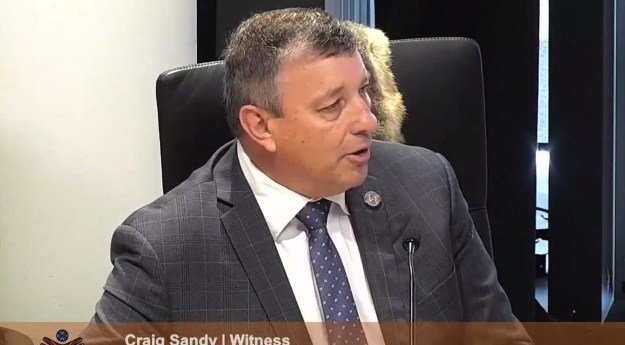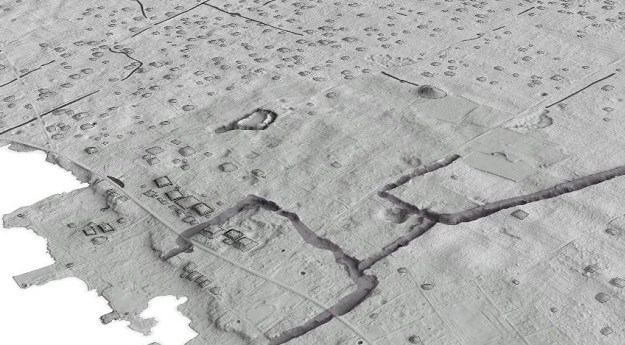
US charity Consumer Watchdog is conducting an investigation into how the FBI and the DEA are making use of Google Earth images.
Federal contracting records reviewed by the organisation show that the FBI has spent more than US$600,000 on Google Earth since 2007, while the Drug Enforcement Administration has spent more than US$67,000.
John M. Simpson, consumer advocate with the group, said the public needs to know how law enforcement is using Google's technologies.
"We call on the FBI and the DEA to expeditiously respond to our requests for information,” he said.
Congress should also investigate how the U.S. law enforcement and intelligence communities are using technologies that Google provides, Simpson added.
The DEA's contracting records say that Google Earth is being used in connection with the agency's High Intensity Drug Trafficking Area program, which targets specific geographic domestic regions of the United States.
The FBI has not disclosed exactly how it is using Google Earth, but the FBI's Domestic Investigations and Operations Guide encourages agents to use digital mapping technologies like Google Earth for assembling information on local communities.
"As a general rule, if information about community demographics may be collected, it may be mapped," the manual says.
"Sophisticated computer geo-mapping technology visually depicts lawfully collected information and can assist in showing relationships among disparate data."
Google Earth provides users with satellite-produced geographic images on a delayed basis and therefore cannot be used for real-time surveillance. However, the detailed information it provides can be used by police and intelligence agencies to analyse homes and communities in unprecedented ways, Consumer Watchdog says.
Earlier this year the FBI awarded a US $320,999.61 contract to DLT Solutions for five perpetual licenses of Google Earth Fusion Pro, a package which allows users to examine Google Earth imagery.













